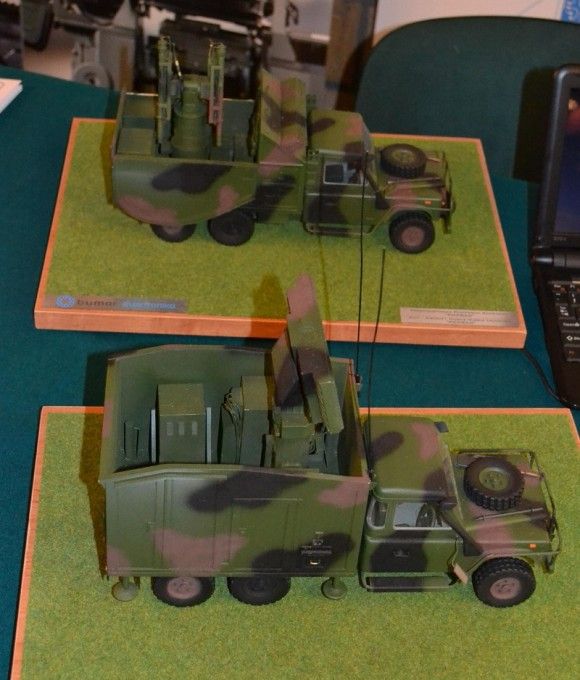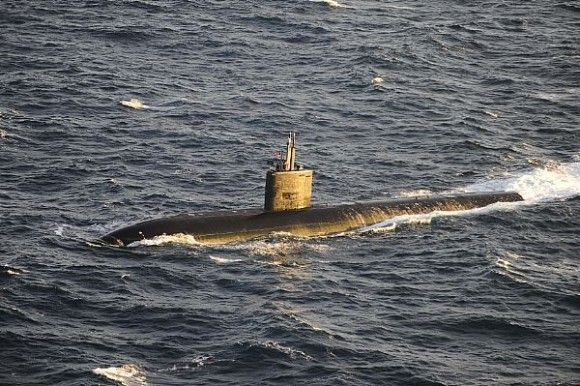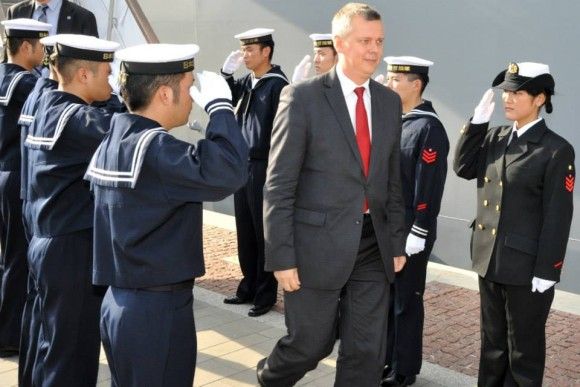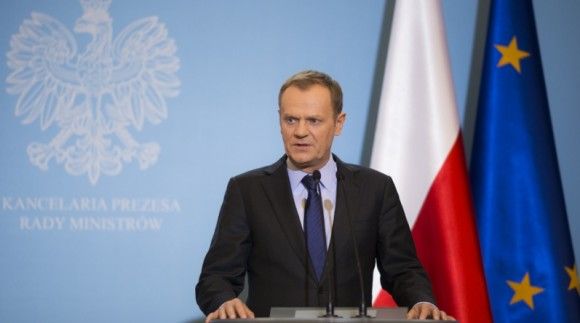Optoelectronics and UAV Systems for the Polish Territorial Defence Units. Three Contracts Concluded
During the meeting concerning the Territorial Defence component of the Polish Army, involving the Polish Defence Minister, Antoni Macierewicz, three agreements have been signed when it comes to the equipment which is to be procured for the Polish Armed Forces, also for the Territorial Defence units. The aforesaid contracts cover the production of the Dragonfly UAV systems and the warheads used by those systems, and procurement of the optronic equipment which is a part of the individual infantry combat system.
The deliveries of the armed UAVs and optronic equipment will reinforce the operational units and the territorial defence component. (...) This is a very important step taken towards reinforcement of our army and activation of the forces that will be able to face the potential threat from the East in a way which is modern and effective.
During the event organized at the training range of the Military Institute of Armament Technology in Zielonka, three documents were signed. The first contract – agreement concluded by and between the PCO S.A. and the Armament Inspectorate – covers the procurement of optoelectronic equipment which is to be included in the individual equipment kits used by the soldiers. The package is formed by night vision goggles and monoculars, infra-red devices and thermal vision binoculars. The document in question has been signed by the PCO’s President of the Board, Ryszard Kardasz, member of the Board at the PCO company, Stanisław Natkański, and Deputy Head of the Armament Inspectorate, Col. Piotr Imański.
Another agreement has been signed by and between the Director of the Military Institute of Armament Technology and President of the Management Board of the PGZ Company, representing the Białystok-based Belma facility. The said document is related to use of the know-how and collaboration, within the scope of initiating the production process related to the GO-1 (fragmentation) and GK-1 (shaped charge) warheads. The warheads of this type are being used in case of the Warmate and Dragonfly UAV systems.
The third contract of intent regulates the process of utilizing the expertise gathered by the Military Institute of Armament Technology and by the WZL-2 facility, during the mutual cooperation within the scope of starting the production of the GO-1 and GK-1 warhead carrier – the Dragonfly UAV system. The UAV in question, developed by the Military Institute of Armament Technology, is going to be manufactured by the PGZ’s WZL-2 facility which acts as the central UAV entity within the group. The document has been signed by the Director of the Military Institute of Armament Technology, Col. Jacek Borkowski, by the President of the Management Board of the WZL-2 facility in Bydgoszcz, Leszek Walczak, and Vice-President of the Management Board, Szymon Dankowski.
The latter two documents are related to procurement and production of the armed drones, announced by the Polish Ministry of Defence just recently. The said UAV systems are destined to be operated by the Territorial Defence units, as well as by the operational forces. First, Dragonfly VTOL UAV system designed by the Military Institute of Armament Technology is going to be delivered.
Dragonfly, on the other hand, is a VTOL UAV, which, along with the warhead, is only 90 cm long, and weighs only 5 kilograms. The system may be carried by a single soldier. Once the engine booms are extended, supporting the four rotors, the UAV achieves a span of 70 centimetres. The said UAV is battery powered, has a flight endurance of 20 minutes. It may be used to attack targets at distances of up to 10 kilometres. Along with the carrier, high explosive GO-1 HE and high explosive anti tank GK-1 HEAT warheads are going to be mass produced, with the latter warhead being capable of penetrating 150-240 mm of armour. The aforesaid warheads package make the platform quite capable, allowing the user to act against light armoured targets, targets hidden in bunkers or fortified buildings, also making it possible to eliminate armoured vehicles or even the main battle tanks, however in the latter case, the weakest, top surface of the vehicle should be the target.







